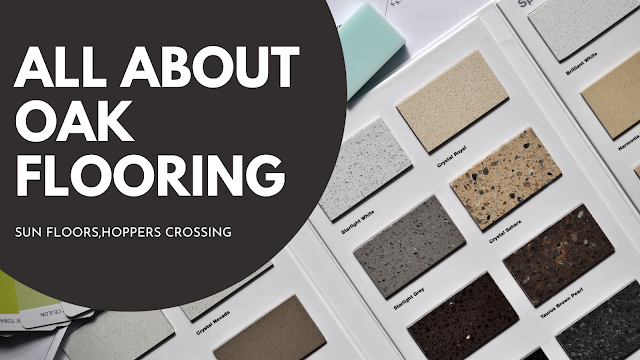Best Ways to Clean the Floors
Here we are discussing the best ways to clean the floors. To prevent causing any harm, carefully assess the surface you are cleaning. Once you are aware of the type of material you are working with, you may refer to our helpful guide:
Cleaning laminate flooring
Never use soap-based detergents since they might leave a dull coating on the floor; instead, vacuum, dust, or wipe with a lightly saturated mop. Also, avoid over wetting the surface. Additionally, avoid using wax polish since it will make the floor slick.
Use a water and vinegar solution that has been diluted to get rid of stains and blemishes. Avoid the temptation to use scratchy cleaners like steel wool or nylon scouring pads since they can damage laminate.
With the use of mild solvents or nail polish remover including acetone, stubborn stains like shoe polish can be eliminated. It also works well using plain old WD-40.
Put felt pads under furniture legs and drip trays under plant pots to protect the flooring.
How to clean quarry tiles and ceramic tiles
Thankfully, they require little upkeep! Sweep, then use a light detergent solution to wash and rinse the area. Never use wax polish since it will make the tiles slippery.
Another option is a steam cleaner. For scrubbing sealed floors and tiles, they are a quick and efficient choice that simply requires water.
Terracotta tile cleaning techniques
Terracotta tiles develop throughout the first year following installation. Use the cleanser, sealer, and polish that is specifically formulated for terracotta tiles that are available from your flooring provider.
Cleaning vinyl
Use a gentle brush or vacuum to sweep, and then a moist mop and a light detergent to wipe off the area. After wiping, thoroughly rinse. Use a cloth bathed in white spirit or plain washing-up solutions to erase scuff marks, then rinse.
Cleaning a cork
Factory-sealed cork tiles should be cleaned with a moist mop and a solution of dishwashing solutions. Apply an acrylic or polyurethane sealer for an additional layer of protection, especially in high-traffic areas like the bathroom and kitchen.
Never over wet cork flooring, and take care not to drag furniture or appliances across them to scuff the seal or other protective coatings.
Cleaning wooden flooring
It is sufficient to sweep and wet mop sealed flooring. Avoid using too much water to avoid splitting and swelling the wood.
Unsealed and waxed floors require frequent sweeping and repolishing. Apply wax sparingly since too much will create a sticky residue and draw grime, and then buff well. You should use a non-slip floor polish if worn areas start to show on the surface.
Over time, grime and shine accumulate on a waxed floor. It can only be cleaned by scraping off the wax and starting over. Use a white spirit-dampened cloth. Allow it to soak in, then use crumpled newspaper to wipe it away as the wax and grime start to disintegrate.
Once the polish has all been taken off, damp-mop the area with fresh water. Before reapplying the polish, wait for it to completely dry before doing so in small sections.
Cleaning linoleum
For grit and dust removal, sweep or vacuum. A mop or cloth wet with a floor cleanser or detergent solution should be used to clean. Don’t waste any water. After washing, rinse.
Rub gently with a thin nylon pad that has been wet to erase stubborn markings.
Cleaning a stone
The stone should always be sealed with resin since it is prone to stains. Vacuum the sealed stone well, then wipe the surface with a light detergent solution. Use a specialized spot-treatment stain remover for stone to get rid of grease or oil.
Cleaning a carpet
This is the finest approach to cleaning your floor if you have a carpet-cleaning machine. if you do not have any, In that case, you can still do well.
Treat any stains on-site, to begin with. Simply follow the manufacturer’s recommendations when using any stain remover, but keep in mind that it’s preferable to attack spots as soon as possible. The harder it will be to remove a stain, the longer you wait.
The carpet should be your next target with your vacuum. Once you’ve gone over it once, clean difficult-to-reach spots with your vacuum’s attachments. Use the crevice tool to vacuum around radiators and around the borders of your carpet to avoid black lines appearing around the skirting board. Use the turbo brush (or power brush) to remove tough dirt and pet hair from very thick carpets.
For more information call Us at 03 8087 8733 or send an email at sales@sunfloors.com.au
Visit us at www.sunfloors.com.au



Comments
Post a Comment